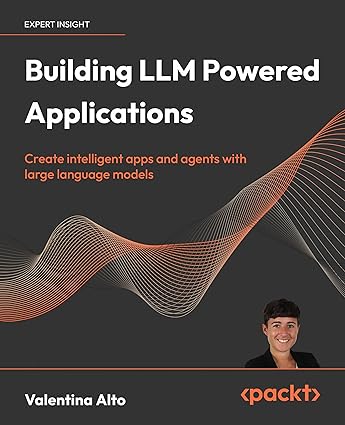Building LLM-Powered Applications: A Comprehensive Guide
Introduction
Large Language Models (LLMs) have revolutionized the field of artificial intelligence, enabling the creation of intelligent applications that can understand, generate, and respond to human language. This white paper explores the key concepts, techniques, and best practices for building LLM-powered applications, from simple chatbots to complex AI assistants.
Key Concepts
- LLMs:
- Understanding the architecture and training process of LLMs.
- Key concepts: attention mechanism, transformer architecture, and pre-training.
- Prompt Engineering:
- Crafting effective prompts to elicit desired responses.
- Techniques for prompt optimization, including few-shot learning and zero-shot learning.
- Fine-Tuning:
- Adapting pre-trained LLMs to specific tasks and domains.
- Fine-tuning techniques and considerations.
- Model Selection:
- Choosing the right LLM for a specific application.
- Factors to consider: model size, capabilities, and cost.
Building Blocks of LLM-Powered Applications
- API Integration:
- Integrating with LLM APIs (e.g., OpenAI, Hugging Face) to access model capabilities.
- Handling API requests and responses.
- Data Preparation:
- Preparing and cleaning data for fine-tuning and prompt engineering.
- Data quality and quantity considerations.
- Application Architecture:
- Designing the application architecture, including frontend, backend, and model integration.
- Choosing the right technology stack (e.g., Python, JavaScript, Node.js).
- User Interface Design:
- Creating intuitive user interfaces for interaction with the LLM.
- Designing effective prompts and response formats.
Real-World Applications
- Chatbots and Virtual Assistants:
- Building conversational agents for customer service, technical support, and information retrieval.
- Implementing natural language understanding and generation.
- Content Generation:
- Generating creative content like articles, poems, and code.
- Using LLMs for content summarization, translation, and paraphrasing.
- Text Summarization and Analysis:
- Extracting key information from large text documents.
- Performing sentiment analysis, topic modeling, and text classification.
- Code Generation and Debugging:
- Auto-completing code, suggesting improvements, and debugging code.
- Using LLMs for code generation and testing.
Ethical Considerations
- Bias and Fairness:
- Mitigating bias in LLM outputs.
- Ensuring fairness and equity in AI applications.
- Privacy and Security:
- Protecting user data and privacy.
- Securing LLM models and APIs.
- Responsible AI:
- Using AI responsibly and ethically.
- Avoiding misuse and harmful applications.
Future Trends
- Multimodal LLMs:
- Combining text, image, and audio modalities.
- Enabling more sophisticated and immersive applications.
- Real-time Applications:
- Developing real-time applications with low-latency LLM interactions.
- Optimizing models for real-time performance.
- Explainable AI:
- Understanding the decision-making process of LLMs.
- Building trust and transparency in AI systems.
References
- OpenAI: https://huggingface.co/
- Google AI: https://arxiv.org/
- Online Tutorials and Courses:
- Coursera, edX, Udacity, and other platforms offer courses on machine learning, natural language processing, and AI.
By understanding the fundamental concepts and techniques, and by considering ethical implications, you can build powerful and innovative LLM-powered applications that have a positive impact on society.



